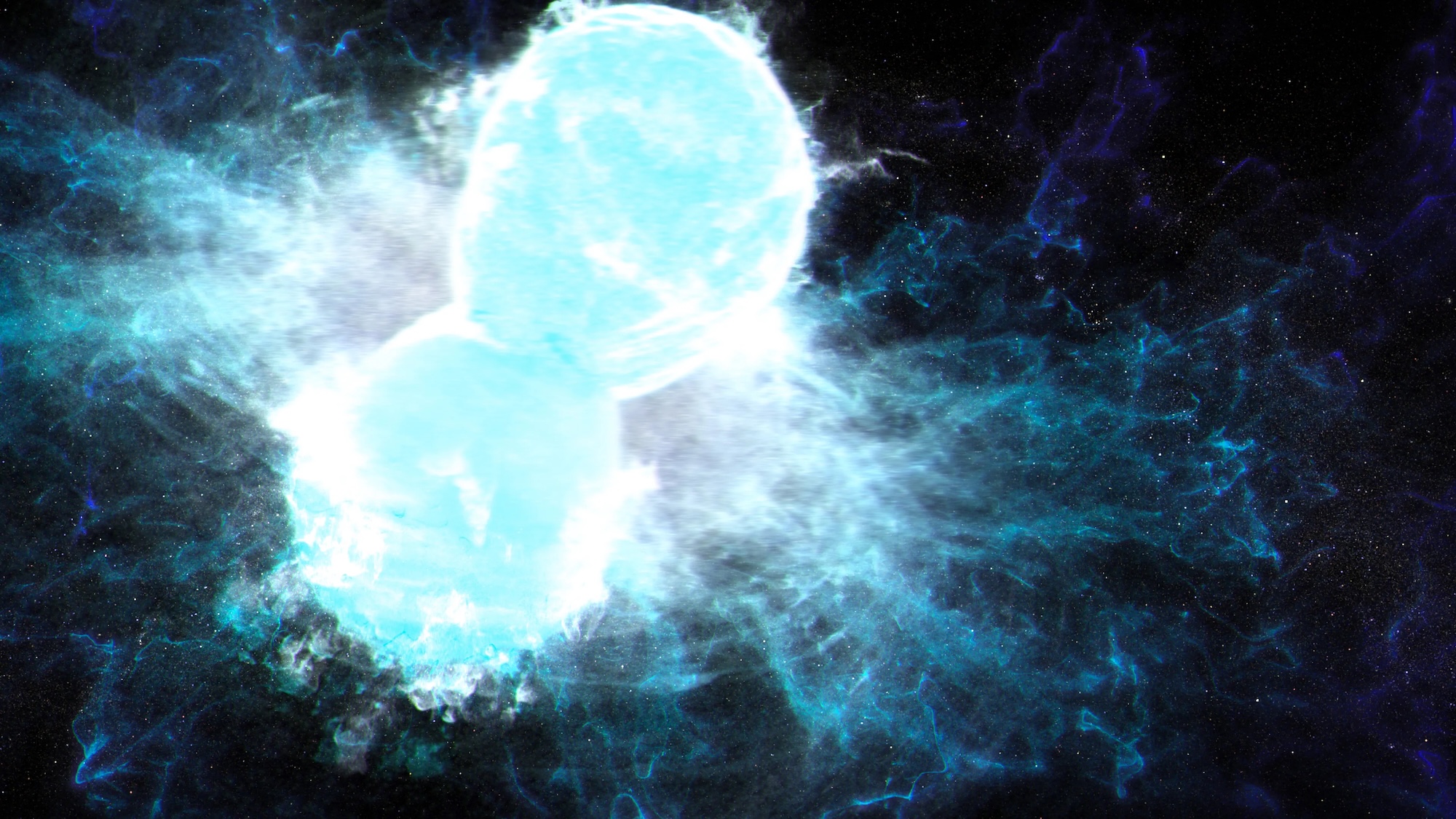Now Reading: NASA’s Roman Telescope Set to Uncover 100,000 Cosmic Explosions
-
01
NASA’s Roman Telescope Set to Uncover 100,000 Cosmic Explosions
NASA’s Roman Telescope Set to Uncover 100,000 Cosmic Explosions

Fast Summary
- NASA’s Nancy Grace Roman Space Telescope is scheduled for launch in 2027.
- With a field of view 100 times larger than Hubble, Roman aims to document light from over a billion galaxies during its lifetime.
- the telescope will investigate exoplanets, infrared astrophysics, adn dark matter while capturing approximately 100,000 cosmic explosions like supernovae and black hole activity.
- Roman may uncover evidence of the universe’s first stars,pushing observation timelines back to over 10 billion years ago.
- The High-Latitude Time-Domain Survey will scan a vast portion of the sky every five days for two years, creating “cosmic movies” and detecting stellar phenomena such as Type Ia supernovae (estimated at 27,000 discoveries), which are key to understanding cosmic expansion rates and dark energy behavior.
- Other anticipated findings include kilonovae-explosions resulting from neutron star collisions-with potential discoveries of up to five new events.
- Despite nearing completion at reduced costs ahead of schedule, the project faces challenges due to proposed NASA budget cuts by the U.S administration; Congress is deliberating over these cuts.
Indian Opinion Analysis
India’s growing engagement in space exploration can find opportunities for collaboration with projects like NASA’s Nancy Grace Roman Space Telescope. Innovations reflected in this telescope-such as large-scale timelapse surveys and advanced data collection techniques-can inform India’s aspirations for its own space-based observatory missions under ISRO’s agenda (like ASTROSAT successor programs). Furthermore, enhanced understanding of phenomena such as dark energy or early universe stars could complement India’s academic institutions aiming at global cosmology advancements.
The proposed U.S budget constraints highlight vulnerabilities that international collaborations sometimes face due to shifts in political priorities; this could serve as an important reminder for India about fortifying independent research infrastructure while also leveraging partnerships judiciously. Moreover, considering the telescope’s capacity to magnify scientific knowledge on cosmic distances and expansion metrics-aiding broader astrophysics investigations-this work aligns with India’s goals on harnessing space science both technologically and educationally.
Read More: NASA’s Nancy Grace Roman Space Telescope























